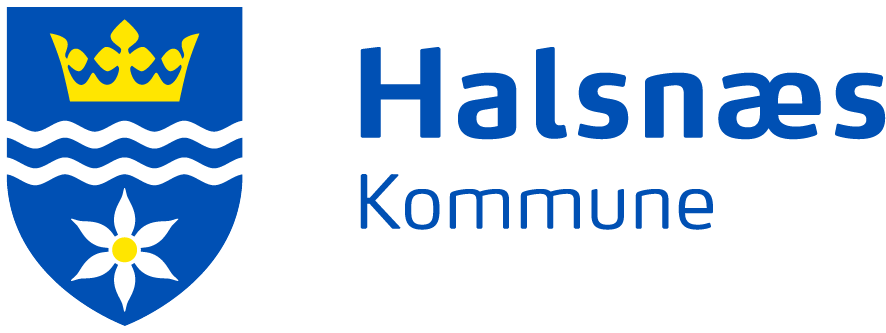Content
Estimates of future performance are based on assumptions that may not be realized. Actual events may differ from those assumed and changes to any assumptions may have a material impact on any projections or estimates. Other events not taken into account may occur and may significantly affect the projections or estimates. Accordingly, there can be no assurance that estimated returns or projections will be realized or that actual returns or performance results will not materially differ from those estimated herein. The fund company pays managers and analysts big money to try to https://www.xcritical.com/ beat the market. That results in high expense ratios, though the fees have been on a long-term downtrend for at least the last couple decades.
Considerations Before Making Active Investments
- All such information is provided solely for convenience purposes only and all users thereof should be guided accordingly.
- Therefore, the basis for evaluating a passive ETF’s performance may not necessarily be the annual return it yields but how closely it mirrored the index it is trying to mimic.
- We are compensated in exchange for placement of sponsored products and services, or by you clicking on certain links posted on our site.
- The term “passive investing” may not have a strong positive connotation, yet the funds that follow an indexing strategy typically do well vs. their active counterparts.
- Some active strategies are more focused on risk mitigation, but on a general level, passive funds are considered lower risk.
- That way, they reduce the time and effort it takes to decide which securities to buy and sell.
Passive managers simply seek to own all the stocks in a given market index, in the proportion they are held in that index. Passive investing is when an investor buys assets and holds onto them what is one downside of active investing for a long period. Passive investing usually means investing in index funds, which track the performance of an index. Passive investing aims for long-term growth with minimal management.

What are the Pros and Cons of Active vs. Passive Investing?
When the prices of stocks, bonds, or other securities in an index fall, so do the share prices List of cryptocurrencies (sometimes referred to as net asset value, or NAV) of index funds that track those securities. In contrast, active investors often believe that there are informational inefficiencies that they can exploit. For example, a stock analyst at an active fund manager might hypothesize that other investors are not paying attention to a company’s potential to expand into new markets, and thus the stock price could be undervalued. Thus, picking that stock, rather than just following the index, could lead to outperformance. Both mutual funds and ETFs can be actively managed, but it varies by fund.
Is it better to invest in active or passive funds?
The bottom line is that active investments fail to outperform, charge high fees – often 0.50% to 1% or higher – and create higher taxes. It’s a bad combination that leads to your returns being lower than you think. Even when active managers do outperform, those periods of excess returns are short-lived, making it very difficult to not only pick the best managers but also find the ones that consistently outperform over time.
The UK has been a happier hunting ground for active fund managers, with 85% of active funds outperforming. Many of these funds invest in small and mid-cap companies, where there’s more opportunity for stock-picking and the potential for higher returns. Index funds are branded as passively managed rather than unmanaged because each has a portfolio manager who is in charge of replicating the index. Because this investment strategy is not proactive, the management fees assessed on passive portfolios or funds are often far lower than active management strategies. Since the objective of a portfolio manager in an actively managed fund is to beat the market, this strategy requires taking on greater market risk than is required for passive portfolio management.
Since passive investing does not involve frequent buying and selling of securities or extensive research, investors can save on expenses. More of your investment capital stays invested and compounding over time instead of being reduced by fees. Ultimately, keeping costs low allows your money to work more effectively for you. Active investing usually results in higher transaction costs and management fees compared to passive strategies. Frequent buying and selling of securities can cause significant brokerage fees. Actively managed funds often have higher expense ratios because of the extensive research and management required.
Active investors may look toward investing in securities with higher risk for the potential of higher reward (for instance, individual stocks, bonds, or other securities as opposed to index funds and ETFs). As a result, you have limited flexibility to adjust your portfolio quickly. This can make it difficult to respond to changing market conditions or to take advantage of short-term investment opportunities.
The appropriateness of a particular investment or strategy will depend on an investor’s individual circumstances and objectives. Morgan Stanley Wealth Management recommends that investors independently evaluate specific investments and strategies, and encourages investors to seek the advice of a financial advisor. Certain information contained herein may constitute forward-looking statements.
Those can be funds that focus on stocks that generate dividends, bonds that pump out interest, and real estate investment trusts (REITs). In turn, those properties can generate rent income, interest payments, royalties, and so on. Real estate crowdfunding is another way to generate passive income. You do it by using online platforms that specialize in real estate crowdfunding–which is a process for forming pools of investment money from many small investors. Actively managed funds typically have higher operating costs than passively managed funds, but it is always important to check fees before choosing an investment fund.
For instance, sesearch from S&P Global found that over the 20-year period ended 2022, only about 4.1% of professionally managed portfolios in the U.S. consistently outperformed their benchmarks. Active investors take a hands-on approach, researching individual companies and trying to forecast economic changes, interest rates, inflation, and other indicators to gain an edge. In short, they actively buy and sell investments based on their forecasts.
• The number of actively managed mutual funds in the U.S. stood at about 6,585 as of June 2023 vs. 517 index funds, according to Statista. Given that there are many more active funds than passive funds, investors may be able to select active managers who have the kind of track record they are seeking. Funds built on the S&P 500 index, which mostly tracks the largest American companies, are among the most popular passive investments. If they buy and hold, investors will earn close to the market’s long-term average return — about 10% annually — meaning they’ll beat nearly all professional investors with little effort and lower cost.
These online advisors typically use low-cost ETFs to keep expenses down, and they make investing as easy as transferring money to your robo-advisor account. Active investing, as its name implies, takes a hands-on approach and requires that someone act as a portfolio manager—whether that person is managing their own portfolio or professionally managing one. Active money management aims to beat the stock market’s average returns and take full advantage of short-term price fluctuations. An active investment approach is the counterpart to a passive investment approach. Since passive investments employ a buy-and-hold approach and don’t actively buy and sell stocks, they don’t generate a lot of taxes (e.g., capital gains), which means you pay less over time.
No investment strategy is perfect, and passive investing is no exception. Based on the 2021 Gallup Investor Optimism Index, a survey among US investors showed that 71% believe passive investing is a superior strategy for investors seeking solid long-term returns. In contrast, passive ETFs have a very different set of performance expectations.
This intraday trading allows investors and active traders to buy and sell ETFs at their discretion, unlike mutual funds, which trade only once per day. It depends on your investment goals, risk tolerance, and time horizon. Active management can generate higher returns, but it also involves higher fees and risks. Passive management is a low-cost, low-risk approach that aims to match market returns. Ultimately, the choice between active and passive investment management depends on individual goals, risk tolerance, and time horizon.



















